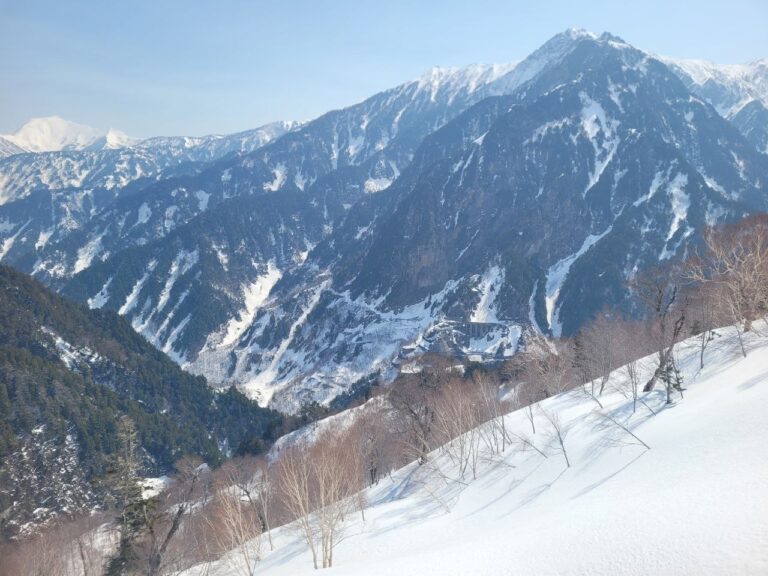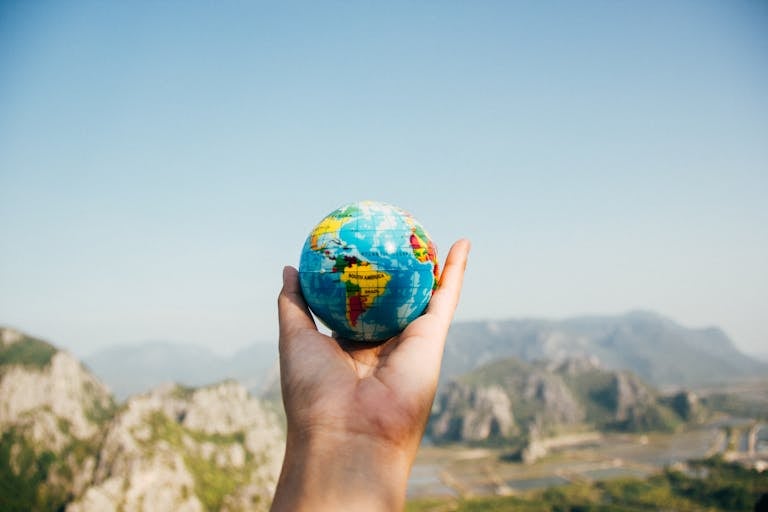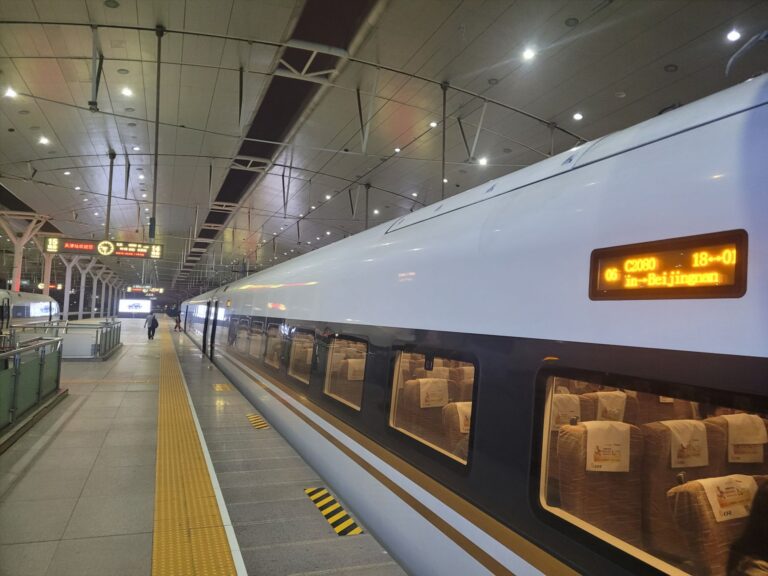How to “Go” Like a Pro: A Traveler’s Guide to Using Toilets Abroad
You are exploring a new city. The sights, sounds, and smells are incredible. Then, a different, more urgent feeling takes over. The search for a public toilet begins. It is a moment every traveler knows well. This is your guide to using toilets overseas.
Finding and using a toilet abroad is always a source of stress for me when I travel. It is probably not as clean what I am used to at home. Local customs might surprise you. What is normal at home is not always the norm elsewhere. I’m always wondering whether I can flush the toilet paper down the toilet.
You will learn what to pack, how to find a clean restroom, and how to use any toilet with confidence. This guide will help you turn a moment of panic into just another part of your travel adventure.
🎒 Before You Go: Assembling Your Essential Travel Toilet Kit
Preparation is the best way to handle any bathroom situation. A small, well-stocked kit can solve most problems you will face. Keep this kit in your daypack so it is always ready.
🧻 Must-Have Supplies for Your Go-Bag
- Your Own Toilet Paper or Tissues: Many public restrooms outside of Europe and the United States do not provide toilet paper. In countries like China and South Korea, it is normal to bring your own. Pack a small, coreless roll of toilet paper or a travel pack of tissues.
- Antibacterial Wet Wipes: These are essential. You can use them for personal cleaning if toilet paper is not available. They are also great for wiping down a dirty toilet seat, a door handle, or your hands.
- High-Alcohol Hand Sanitizer: Soap and water are not always available. Carry a small bottle of hand sanitizer with at least 60% alcohol. This amount is needed to kill most germs effectively.
- Travel-Sized Disinfectant Spray: For extra peace of mind, a small disinfectant spray can be used to quickly clean surfaces before you touch them.
- Paper Soap: One of my pet peeves is when you want some liquid soap and you attempt to push on the dispenser but nothing comes out, now your hands are even more soiled. I only discovered this relatively recently and I always bring some along wherever I go, even in my home country.
- Optional Extras:
- Disposable toilet seat covers can be useful
- A small, water-resistant pouch will keep your kit organized and dry
- Pack any needed menstrual products as required
🗺️ The Hunt: How to Find a Clean Public Toilet While Traveling
The first challenge is often just finding a toilet. Here are some strategies to make your search successful.
🔍 Proactive Strategies for Finding a Restroom
- Go When You Can, Not When You Have To. This is the golden rule of travel. Always use the restroom before you leave your hotel, a museum, or a restaurant. Do not wait until you are desperate. This simple habit prevents many stressful situations. You’ll avoid wasting time looking for toilets as well.
- Know the “Safe Zones.” Large hotels, major department stores, and big chain restaurants are your best bets. They usually have clean, well-stocked restrooms that are free to use. Walk in with confidence, as if you belong there (you can always purchase something if you feel guilty). Staff members rarely question someone who looks like they have a purpose.
- Leverage Technology with Toilet Finder Apps. Your smartphone is a powerful tool. Download Google Maps and save offline maps for your destination to save data. You can also use dedicated apps like “Flush Toilet Finder,” “Bathroom Scout,” etc. These apps use your location to show you nearby public toilets.
- Keep Loose Change Handy for Pay Toilets. In many parts of Europe, you must pay a small fee to use a public toilet. You will see coin-operated doors or an attendant collecting money. The fee is usually small, so keep some local coins with you. These pay toilets are often very clean and well-maintained because the fee covers their upkeep. More technologically advanced ones may accept contactless payment (but technology fails at times)
- Learn the Local Lingo. Knowing how to ask for a toilet is helpful. The term “WC” (for Water Closet) is understood in many places. “Toilette” is also common. Learning the local word for “bathroom” or “toilet” can make asking for directions much easier. Another chance for you to do some language learning!
🚽 A Traveler’s Field Guide to Toilets Around the World
Encountering a new type of toilet is part of the travel experience. Think of it as a small cultural lesson. Here is what you might find and how to handle it.
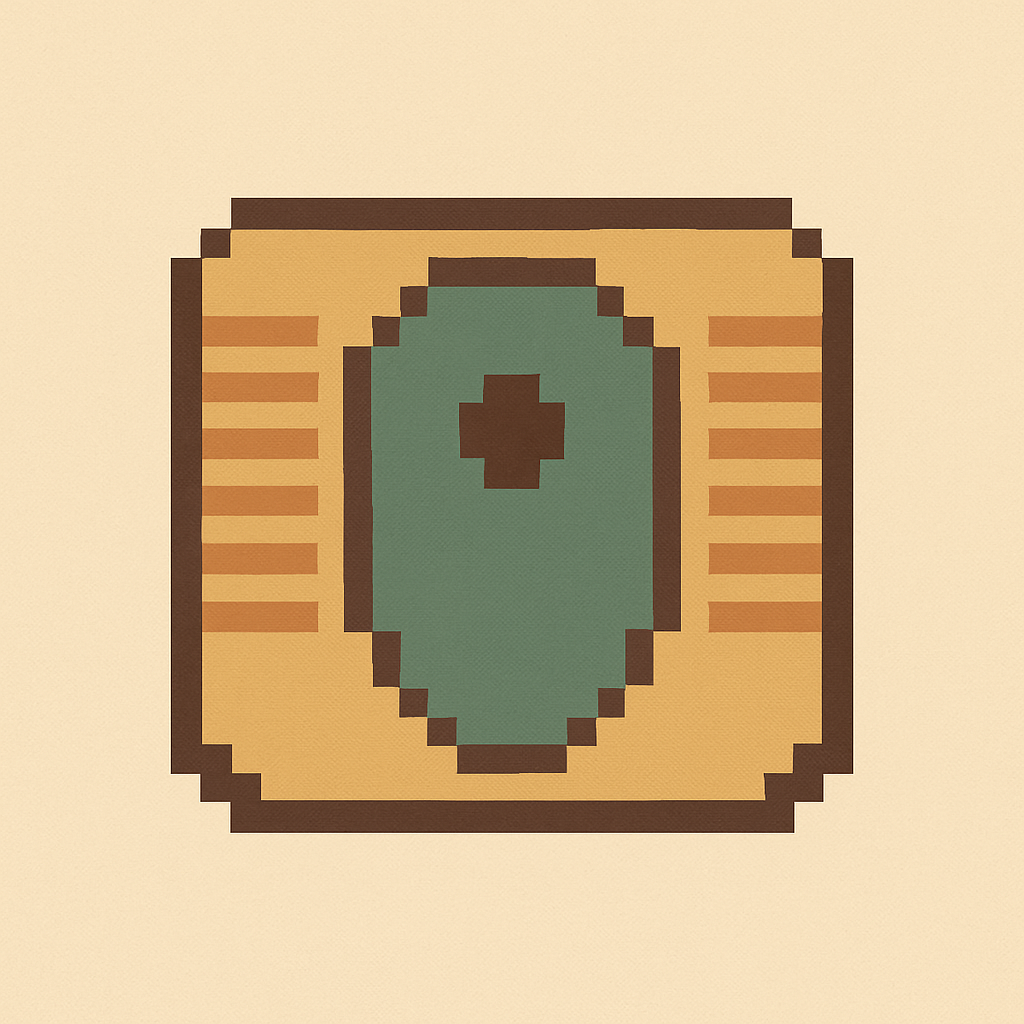
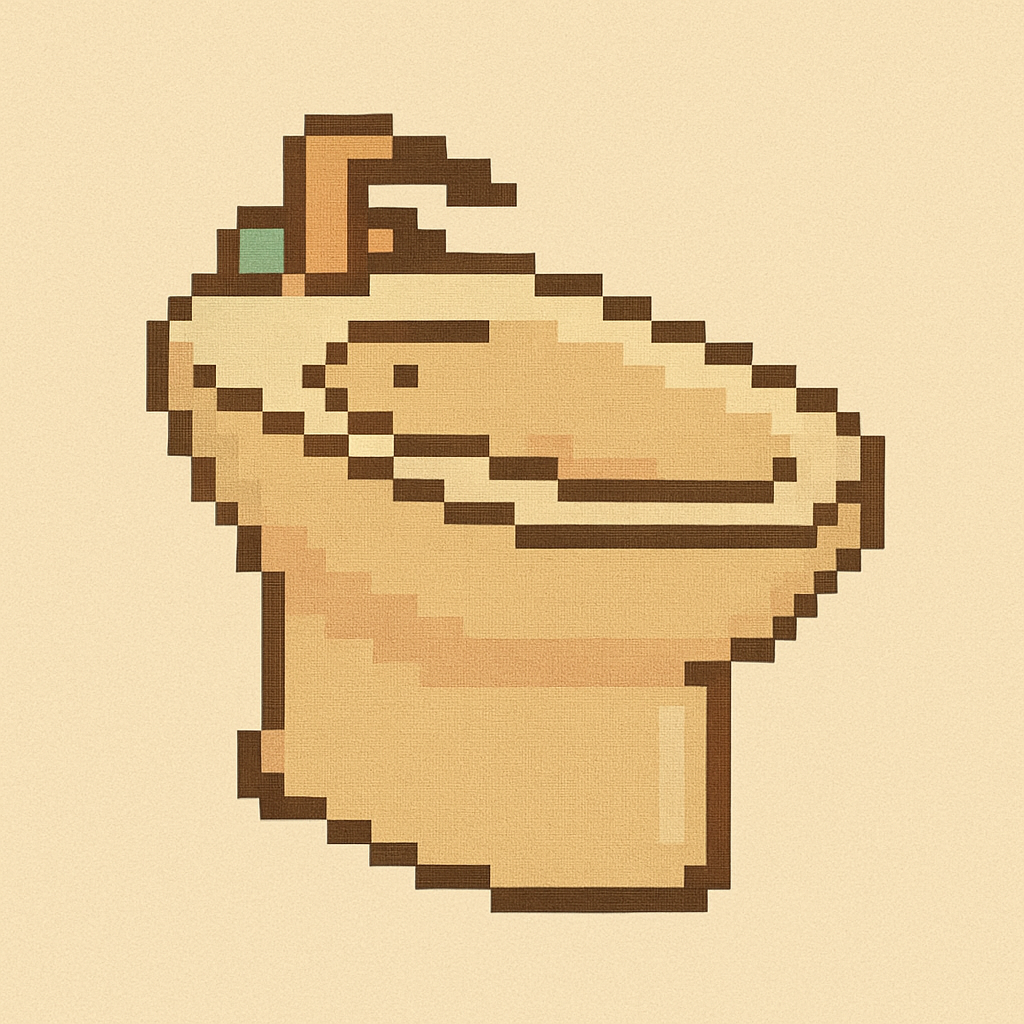

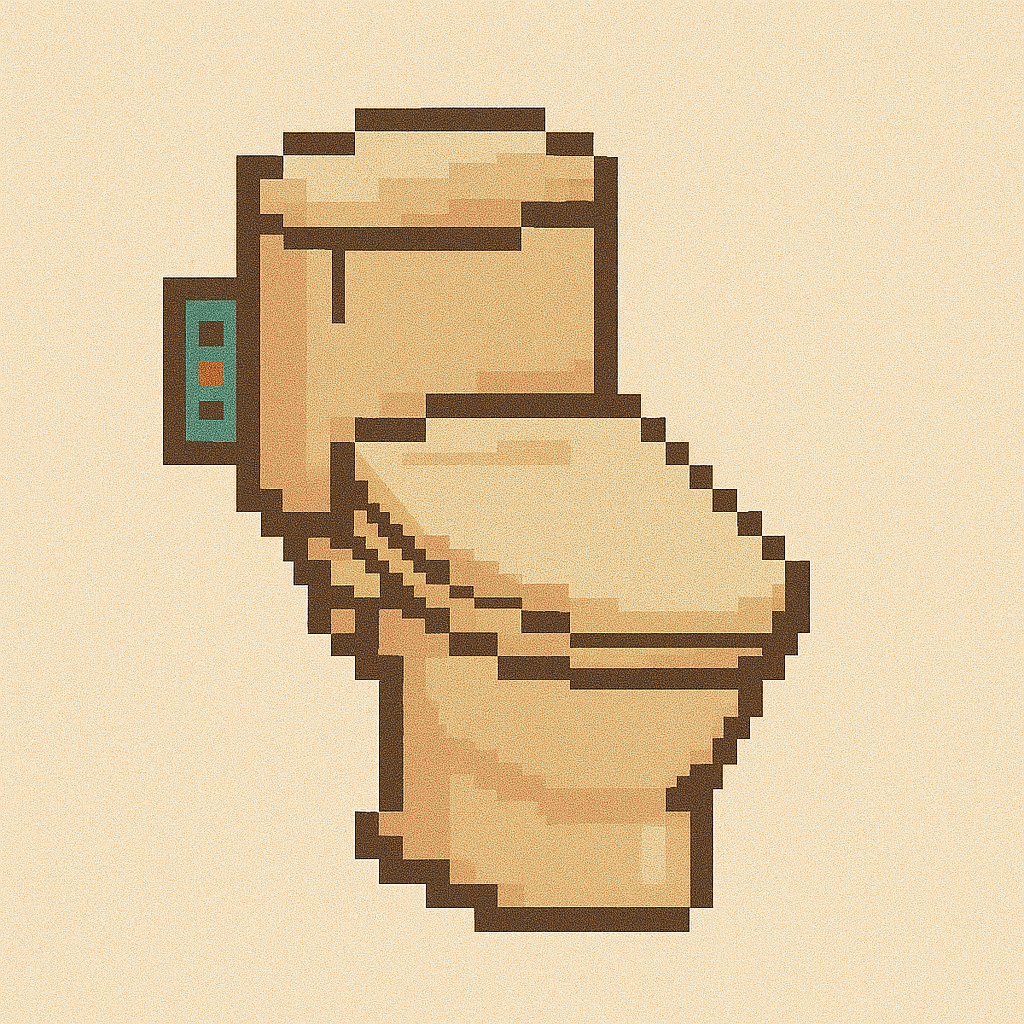

👟 How to Use a Squat Toilet Like a Pro
Squat toilets are common in much of Asia, Africa, the Middle East, and parts of Southern Europe. They are essentially a pan or bowl set into the floor. While they may seem strange, many people find them more hygienic because only the soles of your shoes touch the fixture. Medically, the squatting position is also good for your body.
Here is how to use a squat toilet:
- Position Yourself: Face the hood or the covered part of the toilet. This is the front.
- Manage Your Clothes: Pull your pants and undergarments down to your knees. This keeps them off the floor and out of the way.
- Get Close: Get a little closer to the hole than you think you need to. This helps with your aim.
- Squat and Balance: Lower yourself into a full squat. If there is a wall or a handle, you can use it for balance. This is the most challenging part.
- Keep Belongings Safe: Keep your bags and other items off the floor to ensure they stay clean and dry.
💧 Understanding Bidets and Water-Based Cleaning
In many cultures in Europe, Asia, the Middle East, and South America, water is the preferred method for cleaning. People consider it more hygienic than using paper alone. You will find several types of water-based cleaning systems.
- The Bidet: This is a separate fixture that looks like a low sink next to the toilet (do not use it as a normal sink). After using the toilet, you move to the bidet to wash.
- The “Bum Gun”: This is a hand-held spray nozzle attached to a hose next to the toilet. It is very common in Southeast Asia and the Middle East. You control the water pressure and direction yourself.
- The Integrated Bidet: Many modern toilets, especially in Japan, have a bidet function built into the seat. You use buttons on a control panel to activate a cleansing spray of water.
- The Pail and Dipper: In some rural areas, you might find a large pail of water with a small dipper or scoop. This water is used for both flushing the toilet and for personal cleaning.
When using water, some cultures traditionally use their left hand to assist with cleaning. The right hand is reserved for eating and greeting people.
🤔 Navigating Other Unique Toilet Types
- The Shelf Toilet: Found in Germany, Austria, and the Netherlands, this toilet has a dry shelf inside the bowl. It allows for a brief inspection before you flush. Do not be alarmed by its design. You use it just like any other toilet. Just simply flush when you are done.
- The High-Tech Japanese Toilet: Japan is famous for its advanced commodes. These toilets can have heated seats, automatic lids, built-in bidets with adjustable water temperature and pressure, and even sound features to mask noise. While they might seem complex, they are often a comfortable and hygienic experience
- I always dream about this toilet even after I get home. With it, no more shock when you sit down on a cold toilet seat in the morning.
- The Familiar Western Toilet: This is the standard sitting toilet you likely have at home. Even with these, you may encounter older models with unusual flush mechanisms, like a pull string from a tank high on the wall.
- The Pit Latrine: The simplest toilet, just a simple hole in the ground. More commonly found in developing countries, rural areas or hiking areas. The hygiene and stench may be a challenge.
📜 Global Bathroom Etiquette: The Unspoken Rules
Using a toilet properly is one thing. Following local customs is another. Showing respect for local etiquette is an important part of being a good traveler.
🗑️ The Great Debate: To Flush or Not to Flush Your Toilet Paper?
This is one of the most important rules to learn. In many countries, the plumbing systems are old or narrow and cannot handle toilet paper. Flushing paper can cause serious clogs.
The rule of thumb is simple: If there is a trash bin in the stall, that is where your used toilet paper goes.
You will need to do this in countries like Greece, Turkey, Egypt, China, and across much of Latin America and Asia. Look for a sign, but the presence of a bin next to the toilet is your biggest clue. I have made this mistake in the past a few times and almost clogged multiple toilets.
🧼 Mastering Travel Hygiene and Cleanliness
- Minimize Contact: Use a piece of toilet paper, your elbow, or your foot to operate flush levers, faucets, and door handles.
- Close the Lid Before Flushing: When you flush a toilet, it can spray tiny particles into the air. Closing the lid first helps contain this spray and keeps the restroom cleaner.
- Wash Your Hands Properly: This is the most effective way to prevent illness. Wash your hands with soap and water for at least 20 seconds. If that is not an option, use your hand sanitizer.
😱 Troubleshooting Common Toilet Traumas on the Road
Even with perfect preparation, you may face a few challenges. Here is how to handle them.
✅ Solving the Top 4 Traveler Toilet Problems
- Problem: Lack of Privacy.
Solution: In some places, public restrooms have low stall doors, large gaps, or no doors at all. This is often a cultural difference. If you need more privacy, you can sometimes use a sarong or an open umbrella as a makeshift screen. Either find a toilet with more privacy later on, or embrace the culture shock. - Problem: Juggling Your Valuables (Especially Solo).
Solution: Watching your bags while using a toilet alone can be tricky. If possible, take your backpack into the stall with you. If you are at a cafe, you can ask the staff or a trustworthy-looking person to watch your things for a moment. - Problem: Frequent Urination Anxiety.
Solution: If you need to use the toilet often, plan ahead. Limit drinks like coffee and alcohol before a long bus ride, as they make you need to go more. Use the restroom whenever you see a clean one. Identify reliable spots like gas stations, hotels, and malls. - Problem: The Overpowering Odor.
Solution: Some public toilets can smell unpleasant. If the odor is strong, you can hold your breath. Another trick is to put a small dab of a strong-smelling balm, like Tiger Balm or an essential oil, under your nose.
❓ Frequently Asked Questions (FAQ) for Travelers
What should I pack for using foreign toilets?
You should assemble a small “go-kit” for your daypack. Include your own toilet paper or tissues, antibacterial wet wipes, a hand sanitizer with at least 60% alcohol, and a small disinfectant spray.
How do you use a squat toilet without making a mess?
Face the front (the hooded part). Pull your pants down to your knees to keep them off the floor. Squat low and get closer to the hole than you might think is necessary to ensure good aim. Use a nearby wall for balance if you need it.
Is it true you can’t flush toilet paper in some countries?
Yes, this is true. In many countries in Asia, Latin America, the Middle East, and Southern Europe (like Greece), the plumbing cannot handle paper. Always look for a small trash bin in the stall. If you see one, that is where your used toilet paper should go.
How can I find a public bathroom when traveling?
Be proactive. Use the toilet at your hotel or restaurant before you leave. Look for clean restrooms in major department stores, museums, and large hotels. You can also use toilet finder apps on your phone, such as Google Maps or Flush.
Are pay toilets worth the money?
Often, yes. Pay toilets, which are common in Europe, usually require a small fee. In return, they are typically much cleaner, better maintained, and more likely to be stocked with supplies than free public restrooms. The fee contributes to their upkeep. Also, you probably will spend more time looking for and walking towards another toilet that may be free.
✨ Conclusion: Embrace the Throne and Enjoy the Journey
Thinking about it, the toilet is usually once of the first places you come into contact with in the country you visit – right after you get off the plane with a full bladder to avoid using the plane toilet.
Navigating the world’s toilets does not have to be a source of fear. It all comes down to three simple ideas: be prepared, be aware, and be adventurous.
Your small toilet kit will handle most supply issues. A little knowledge about local customs will help you use any facility with respect. See these experiences not as problems, but as part of the rich fabric of travel. They often make for the best stories when you return home.
Now go out there and explore with confidence. You are ready for anything.



